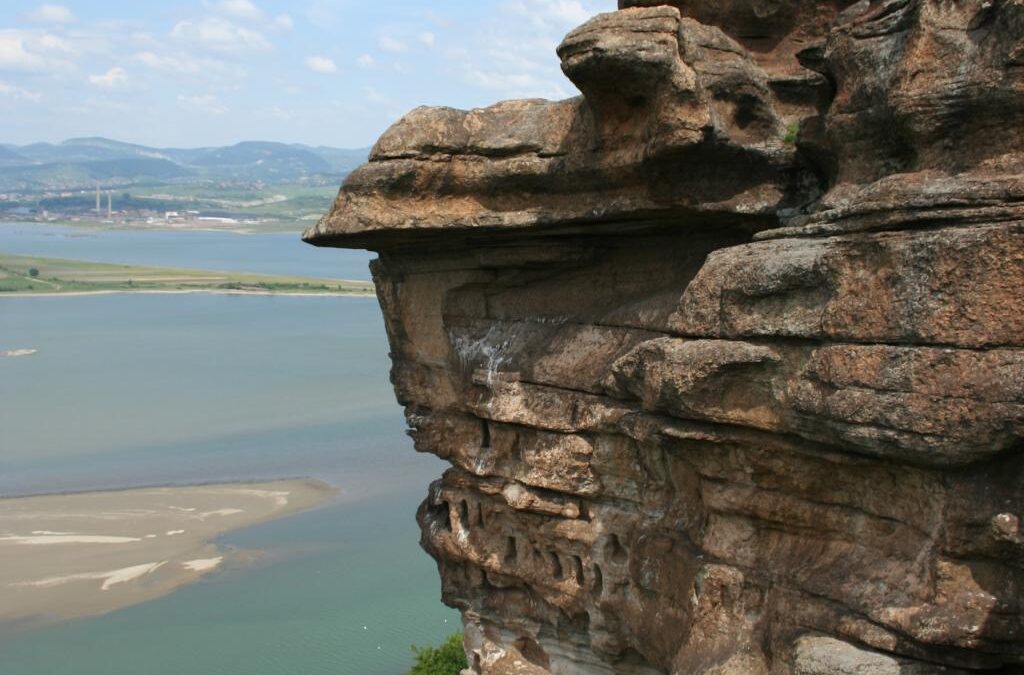The Cult Complex “Lisitsite” village
The Cult Complex “Lisitsite” village is located on the right bank of the “Studen Kladenets” dam. It is part of the cascade of the “Borovitsa” dam, and the “Kardjali” dam. The most convenient approach to it is via the rope bridge over a natural narrowing of the reservoir lake in the area of the village of Shiroko Pole, below the “Monyak” fortress. It is the longest rope bridge in Bulgaria, 260 meters long, and is made of wood and metal ropes. It offers beautiful views over the dam, as well as towards the Rhodopes. The wall of the Thracian fortress (IV-I century BC) begins about 200 m south of the village in the area of Chit kaya (“chit” – wall, “kaya” – rock, rock). It is built of stones without solder, blocks the northern accessible part, and surrounds an area of 1200 sq.m.
No organized excavations were carried out, therefore there are no registered buildings or other facilities in the fortress. The wall is challenging to see because of the many bushes and trees that hide it. Dozens of rock niches have been cut into the surrounding rocks, some of which have been destroyed by time and erosion.
Brief History
Parts of altars, gutters, grooves, and other facilities are noted. It is assumed that our ancestors performed rites related to the cult of the sun in this place. Fragments of ceramic material are found. The rock crown is impressive with its unique natural formations resembling pyramids, mushrooms, and figures of animals and people. From the height there is an exceptional view of the water area of the “Studen Kladenets” dam, the town of Kardzhali, and the mouth of the Varbitsa River. Undisturbed by humans, many rare representatives of the avifauna live in the rocks. In the Chit Kaya rock massif, 97 trapezoidal niches were cut, some of which were destroyed by natural processes of weathering and erosion of the rock.
There are slight variations in the classic trapezoidal shape and size differences. They are arranged in three rows. Impressive ornithomorphic and zoomorphic formations in which human faces, reptiles, and birds can be distinguished are also observed in the rock crown. Read more…

